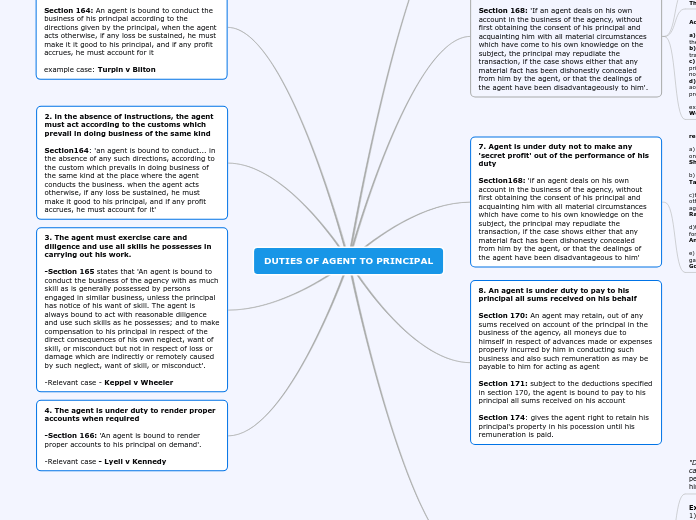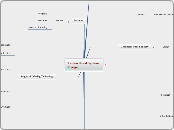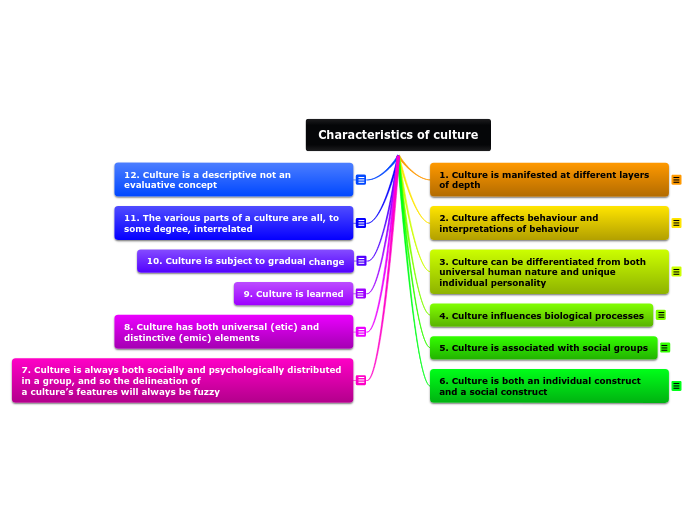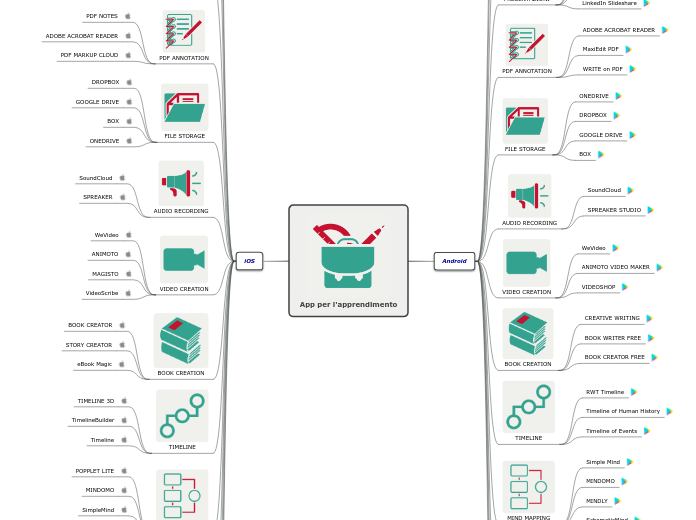Invatarea scolara
Invatare eficienta
stabilirea obiectivelor
feed back
dirijata
invatare in scoala
sistematica
independenta
Invatare verbala
solutionare de probleme
memorare
Invatare senzorio motorie
manipulare de aparate
scris
Teorii ale invatarii
Umanismul
critica Behaviorism
critica pe Freud
fondator al școlii psihologice de psihanaliză
acestea sunt conservate în sisteme de idei inconștiente
Conflictele inconștiente sunt sursa nevrozelor
nevrozele nu pot fi ratate
Aparatul psihic refulează dorințe
personalitate
este recunoscuta
comportament
depinde de actiuni anterioare
putem controla actiunile noastre
se centreaza pe intreaga persoana
filozofie existentialista
Social cognitiva
omul mentine patternuri comportamentale
experimantul Zimbardo
In 1971, Zimbardo accepted a tenured position as professor of psychology at Stanford University. There he conducted the Stanford prison study, in which 24 normal college students were randomly assigned to be "prisoners" or "guards" in a mock prison located in the basement of the psychology building at Stanford (three additional college students were selected as alternates, but did not participate in the study). The two week planned study into the psychology of prison life ended only after 6 days due to emotional trauma being experienced by the participants. The students quickly began acting out their roles, with "guards" becoming sadistic and "prisoners" showing extreme passivity and depression.
The volunteers knew they were being used in a study but they did not know when the study would be taking place so the initial shock of being randomly arrested one morning and taken to the mock prison put them in a mild state of shock. On arrival, the “prisoners” were stripped, searched, shaved and deloused which caused a great deal of humiliation. They were then issued uniforms, ID numbers, and escorted to their cells by the volunteer prison guards. These changes isolated the prisoners making it harder for them to portray their individual characteristics. The guards themselves were not given any specific instruction or guidelines for the way they were to treat the prisoners. Instead, the psychologists allowed them to do whatever was needed to keep order in the prison. They were dressed very professionally in identical uniforms. They also wore a whistle around their neck and carried a night stick.
At the beginning of the experiment, Zimbardo started off with nine guards and nine prisoners. All the original volunteers were kept as backups and 3 prisoners as well as 3 guards occupied the prison at a time. Their first night in the prison, the volunteer prisoners were awakened at 2:30 AM by the guards blowing their whistles. They did this several times to familiarize the prisoners with how things were going to work and to let them know who was in charge.
The study shows that before the volunteer prisoners started showing signs of distress, they did not take the guards and their authority seriously. The prisoners mocked the guards, trying to regain their individuality. This, however, was short-lived. The prisoners soon realized that the attitude of the guards was very serious and that they demanded obedience. This began a long string of confrontational quarrels between the guards and prisoners. The guards used physical punishment and exercises, such as pushups, in order to show their authority to the prisoners.
In the morning of only the second day, a rebellion broke out among the volunteer prisoners. They ripped off their uniforms and locked themselves in their cells by pushing their beds up against the door. In response to this, the guards became very angry and called for backup assistance to the situation. This surprised Zimbardo as well as the rest of the psychologists because they had not thought it would be taken this far. Guards who were not on duty were called in and the guards who were assigned to only the night shift stayed with the guards who came in all the way through their shift the next morning. The tactic the guards came up with was to fight back in order to discipline the unruly prisoners and make them obey. In response to the prisoners barricading themselves in their cells, the guards used fire extinguishers on them to get them away from the entrances.
Once the guards were able to get into the cells, they stripped the inmates naked, tore apart the beds and the cell, and put the prisoners who had started the rebellion in solitary confinement. As all nine guards could not be on duty at once, they began rewarding the prisoners for good behavior. The prisoners who had not been involved in starting the riot were allowed to lie in their beds, wash themselves and brush their teeth and eat while those who had started the riot were not allowed to. The guards continued to use tormenting tactics to break up the prisoners relations with each other to avoid further organized resistance. In the case with one prisoner, who was a smoker, the guards were able to control his behavior because they decided when and if he was allowed to smoke.
Less than two full days into the experiment, one inmate began suffering from depression, uncontrolled rage, crying and other mental dysfunctions. The prisoner was eventually released after screaming and acting crazy in front of the other inmates. On the third day, the study allowed visiting hours for friends and family. The visitation was closely monitored and timed with many rules and restrictions.
The next event that added to the prison experiment “drama” was a rumored escape plan that the prisoners were planning on carrying out directly after visiting hours. The prisoner was going to have some of his friends round up, break into the prison and free all of the prisoners. After one of the guards overheard this plan, an informant was placed in among the prisoners and the escape never happened. The prisoners who had been thought to have organized the escape were disciplined and harassed with more pushups and toilet cleaning.
At some point, even the prisoners who were thought of as role models, those who obeyed all of the guards' commands were being punished. Going to the bathroom was considered a privilege rather than a necessity, and those who acted out against the guards were made to urinate and defecate in a bucket in their cell.
By the end of the experiment, there was no unification among prisoners as well as guards. The guards also had won complete control over all of their prisoners and were using their authority to its greatest extent. One prisoner had even gone as far as to go on a hunger strike. Refusing to eat, the guards put him into solitary confinement for three hours (even though their own rules stated the limit that a prisoner could be in solitary confinement was only one hour). Instead of the other prisoners looking at this inmate as a hero and following along in his strike, they chanted together that he was a bad prisoner and a troublemaker. The prisoners literally had begun to think they were real criminals. Prisoners and guards rapidly adapted to their roles, stepping beyond the boundaries of what had been predicted and leading to dangerous and psychologically damaging situations.
One-third of the guards were judged to have exhibited "genuine" sadistic tendencies, while many prisoners were emotionally traumatized and five had to be removed from the study early. At the end of the experiment, after all the prisoners had been released and the guards let go, everyone was brought back into the same room for evaluation and to be able to get their feelings out in the open towards one another. Ethical concerns surrounding the famous study often draw comparisons to the Milgram experiment, which was conducted in 1961 at Yale University by Stanley Milgram, Zimbardo's former high school friend.
invatare Vicarianta
invatare din efectele comportamentelor celorlalti
Originea socala a comportamentului
Behaviorista
Edwin Ray Guthrie
B.F. Skinner
Ivan Pavlov
teoria lui Pavlov
cainele lui Pavlov
While Ivan Pavlov worked to unveil the secrets of the digestive system, he also studied what signals triggered related phenomena, such as the secretion of saliva. When a dog encounters food, saliva starts to pour from the salivary glands located in the back of its oral cavity. This saliva is needed in order to make the food easier to swallow. The fluid also contains enzymes that break down certain compounds in the food. In humans, for example, saliva contains the enzyme amylase, an effective processor of starch.
Pavlov became interested in studying reflexes when he saw that the dogs drooled without the proper stimulus. Although no food was in sight, their saliva still dribbled. It turned out that the dogs were reacting to lab coats. Every time the dogs were served food, the person who served the food was wearing a lab coat. Therefore, the dogs reacted as if food was on its way whenever they saw a lab coat.
In a series of experiments, Pavlov then tried to figure out how these phenomena were linked. For example, he struck a bell when the dogs were fed. If the bell was sounded in close association with their meal, the dogs learnt to associate the sound of the bell with food. After a while, at the mere sound of the bell, they responded by drooling.
Alan E. Kazdin
Predarea are la baza principii behavioriste
Terapie prin expunere la stimuli
S->o->R
Principiile sunt folosite pentru recompensa si pedeapsa
Principii
principiul contiguitatii si principiul intaririi
omul raspunde doar la stimulii din mediu
doar ceea ce se vede este important
Cognitivista
input
output
Teoria procesarii informatiilor
Reprezentanti
Bergemann
Reed
Piaget
Teoria dezvoltarii cognitive
intelegere progresiva a mediului
necunoscut
Black Box
Procesele cognitive influenteaza comportamentul









